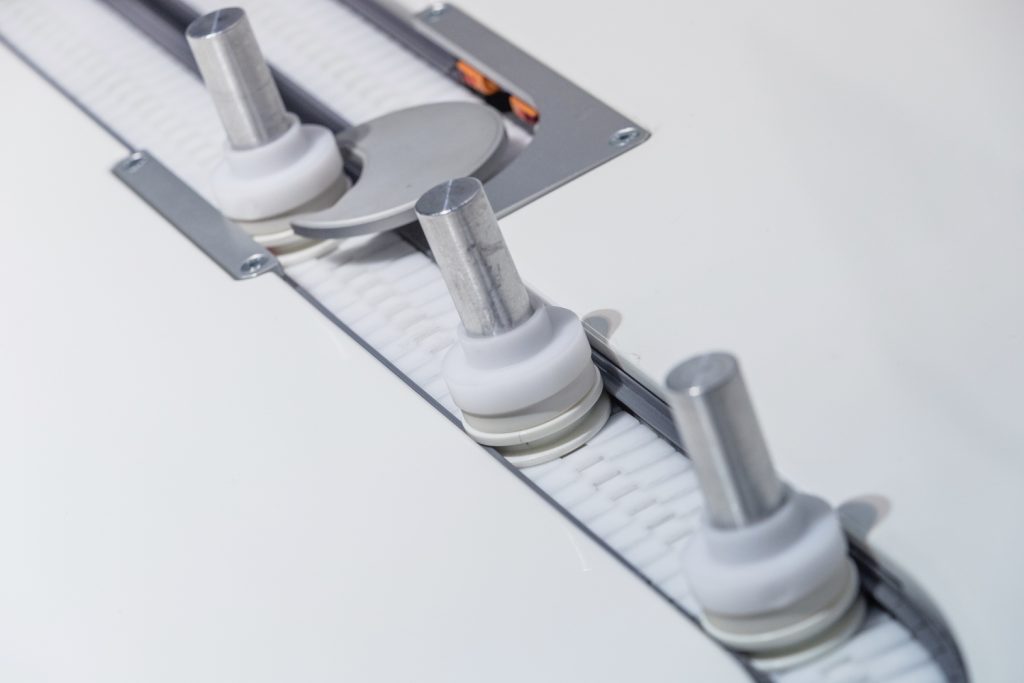
The global shift to renewable energy sources and lower dependence on fossil fuels is leading to a surge in electrification and energy storage worldwide. On its own, the E-mobility sector will drive this high demand for lithium batteries to new heights. Spurred by the EV industry, lithium-ion-based battery solutions will most likely dominate soon. It is projected that between 2020 and 2030, the global demand for lithium-ion batteries will increase elevenfold, reaching over two terawatt-hours in 2030.
Battery manufacturers today are, however, facing fierce competition and cost pressures. They have therefore adopted Smart Manufacturing methods. As a result, we’re witnessing a digital transformation of traditional manufacturing methods. Automation, digitalization, robotization, machine learning, and management software solutions are fundamental to this transformation.
How and why dryrooms and cleanrooms are needed in battery assembly
Certain products require a dry, cleanroom environment due to the product’s sensitivity to moisture. Cleanrooms have specific requirements, such as extremely low humidity, called dryroom. Dryrooms must have a controlled-contamination climate with a relative humidity level of less than 1%. The humidity never exceeds 1% in a dryroom, while it can range from 40 to 60% in a cleanroom. Therefore, the main difference between a dryroom and a cleanroom is the relative-humidity level. These levels are necessary for specific processes, particularly in micro-electronics and automotive sectors.
For example, during electric vehicle battery cell assembly, manufacturers ensure they avoid contamination of battery cells. Contaminations have proven to be dangerous as they can cause a short circuit. However, decreasing scrap rates and improving battery yield, safety and performance are essential factors when optimizing production. The goal is to minimize contamination during battery production, especially during cell assembly. Therefore, next to the environment, it is essential to use certified equipment suitable for the clean production of battery cells and battery module assemblies.

What challenges do flow solution manufacturers face in automotive and battery cell manufacturing?
Conveyor technology also needs to fulfill specific requirements to play its role in ensuring a contamination-free climate:
Flexibility in cleanroom conveyor systems is essential when handling numerous tasks and reconfiguring them to meet new production needs. Therefore, we pay close attention to which materials are used in clean rooms to avoid the contamination of the battery through particles. One material suitable for battery assembly is high-grade stainless steel. It is beneficial to use stainless steel for all components that come into contact with products and belts. Furthermore, we recommend using unique motor surfaces and wear-resistant belts that reduce microparticle dispersion to a minimum.
Turn-key solutions for battery manufacturing automation
Companies like FlexLink help battery producers develop state-of-the-art automation processes to support the factories’ mission. Their objective is to design and establish turn-key solutions.
Producing battery cells is an extremely sensitive process where different system parts have additional requirements. For manufacturing, transportation, or control, many conditions are needed to meet the requirements of cleanroom conveyors.
- Suitability of cleaning – The conveyor must be suitable for cleaning in compliance with cleanroom conditions and must not have any hidden or open spaces where dust might collect.
- Low dust emissions, even when carrying out demanding processes in the cleanroom.
- Nearly no air turbulence prevents the dispersion of tiny particles in the room.
Therefore, it is essential to have a supplier partner that provides the right product portfolio for battery cell and module assembly. – “No chain is stronger than its weakest link.”
One such process is the handling of jelly rolls, having been evaluated and approved for environmental cleanroom conditions from ISO 8 down to ISO 6 incl. low humidity levels. In addition, vertical integration, automated manufacturing, and handling of cross-functional designs and processes give FlexLink unprecedented leverage in scaling.
If you have any questions or want to know more about the wide range of products specifically made for sensitive equipment, don’t hesitate to contact us. Also, visit our website and LinkedIn to learn more about FlexLink, where we will continue to share our industrial automation and production efficiency knowledge.




Leave a Reply